Measurement is an application of math that is an important part of everyday life. We measure length, area, volume, mass (weight), temperature, time, angles, and many other attributes. For more than simple comparisons, we need numbers and a basic unit. Sometimes, two or more units are combined. For example, we speak about speed as miles per hour, fuel economy as miles per gallon, pressure as pounds per square inch, and grain yields as bushels per acre.
The very young child is interested in which of two items is bigger. RightStart introduces measuring length in the first year. The child is asked to determine the length of an object by finding how many 1-in. tiles it takes to equal the length.
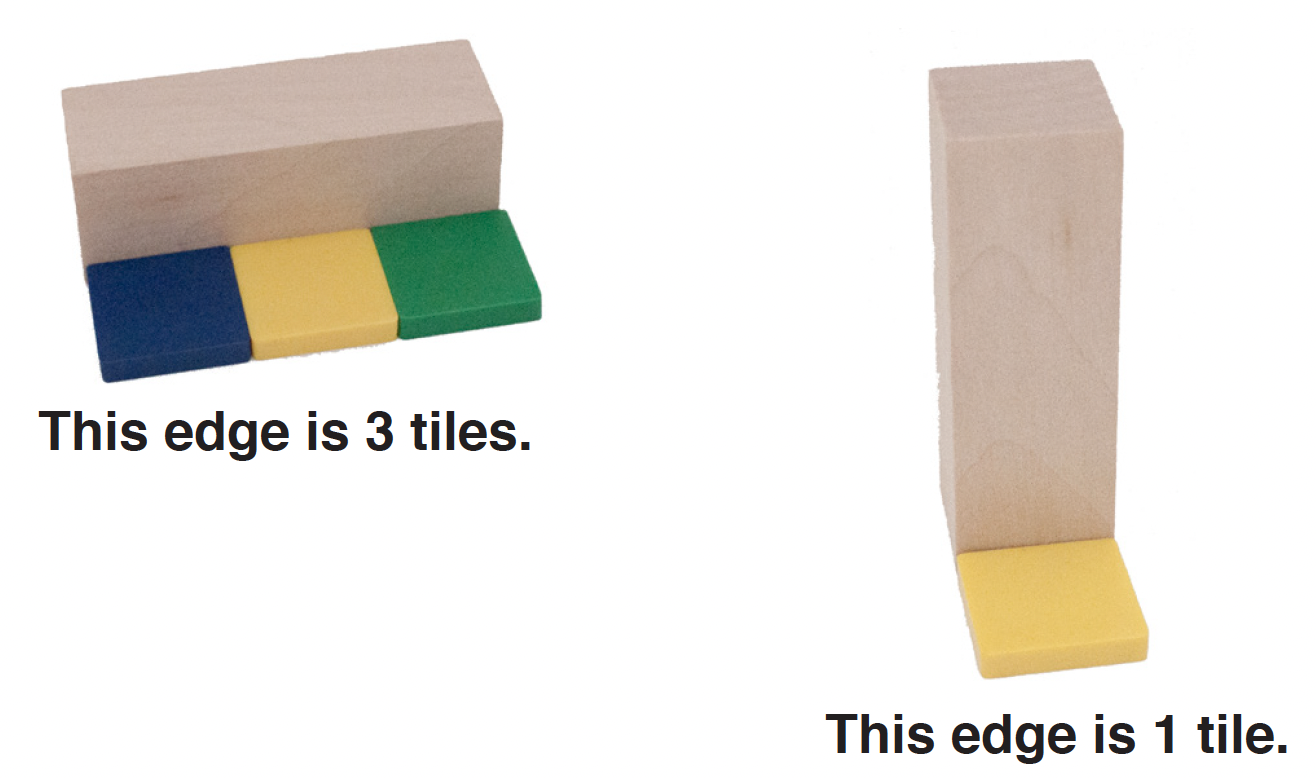
A little later the child is asked to repeat the activity measuring with an edge of a centimeter cube.
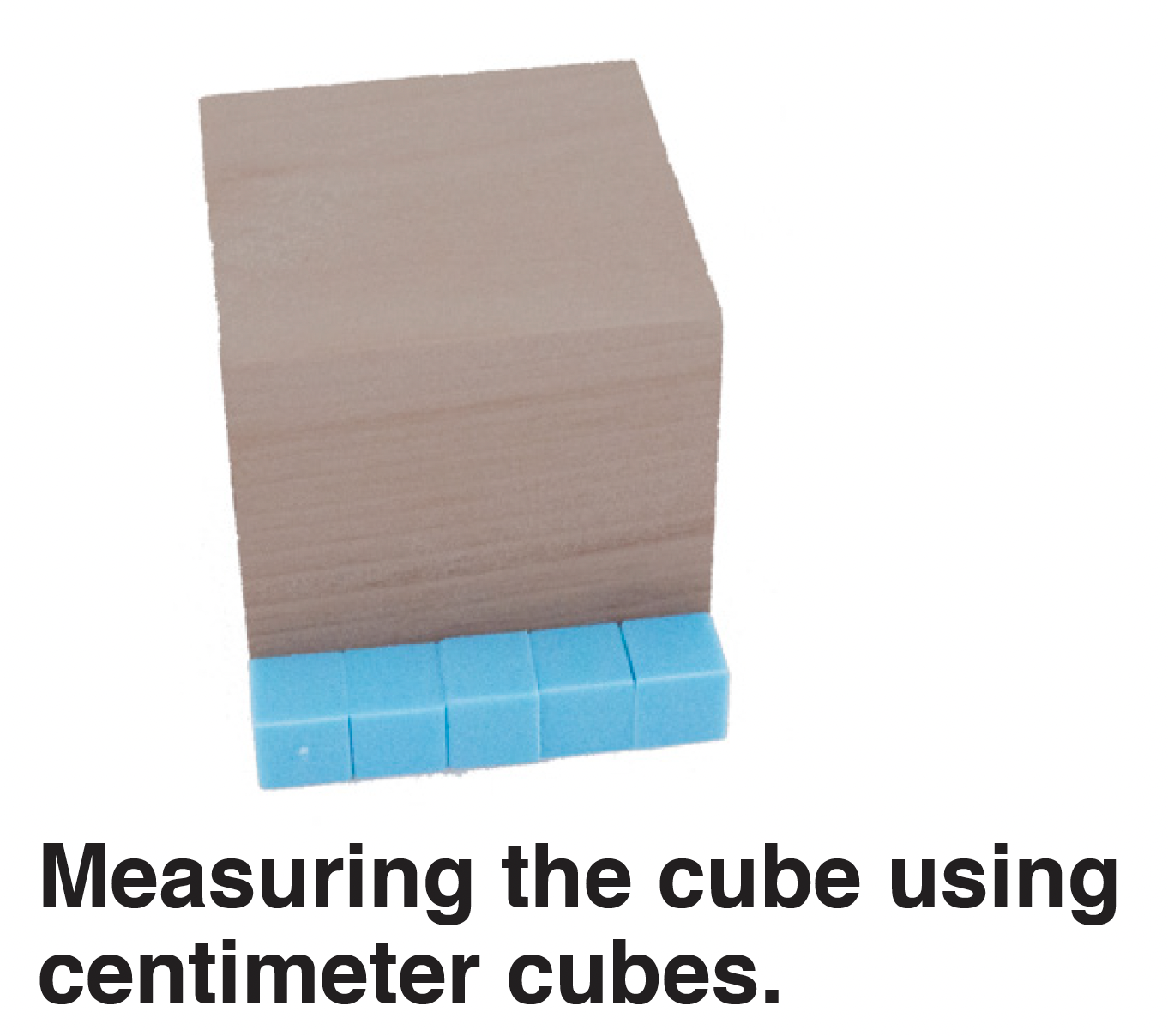
Doing this exercise with two different tools highlights a situation unique to U.S. children. They need to become “bimeasural,” that is, proficient in two systems, US customary and metric.
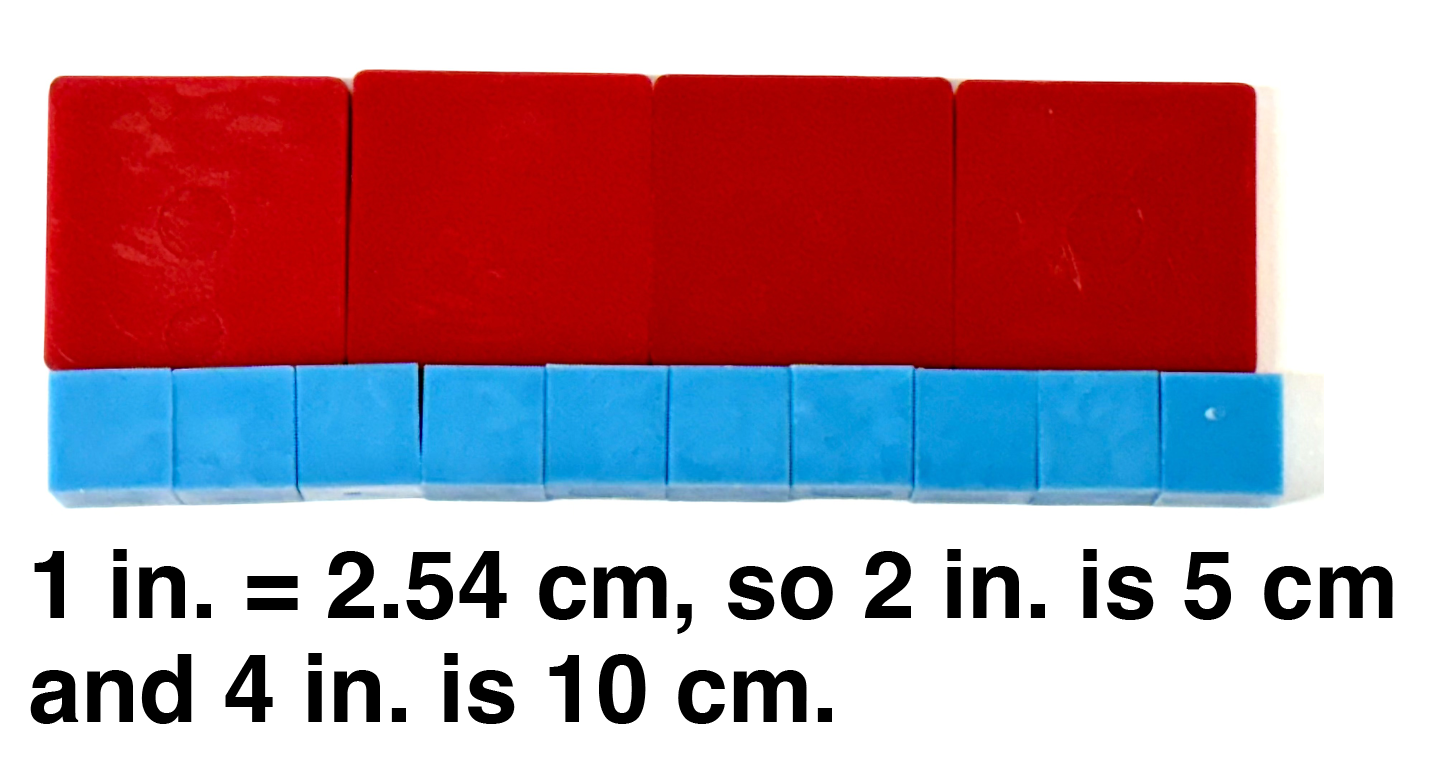
It is estimated that half a school year is devoted to making students proficient in both measuring systems. President Thomas Jefferson suggested the fledging nation go metric, but to no avail. Even though science, medicine, and the military have all adopted the metric system, the United States officially still uses the US customary system.
I like to say, “We are going metric, inch by inch.”
Although Canada officially converted to metric in 1975, thirty years later, in 2005, teachers began teaching the rudiments of the US customary to their students to enable them to work in industries that have not entirely change over.
The Basics of the US Customary System
Length is measured in increasingly larger units. Periods are optional for abbreviations except for in. (inches) where it is needed to avoid confusion with in the word. Inches are divided into fractions: halves, quarters, eighths, and so forth. Larger units are shown below.
1 ft (foot) equals 12 in.
1 yd (yard) equals 3 ft
5280 ft (feet) equals 1 mile
Area in the US customary system uses squares formed by the same linear units. Thus, a square inch is a square that is 1 in. on the sides. Also, there are 620 acres in a square mile. Likewise, volume is measured with cubes made from the same linear units.

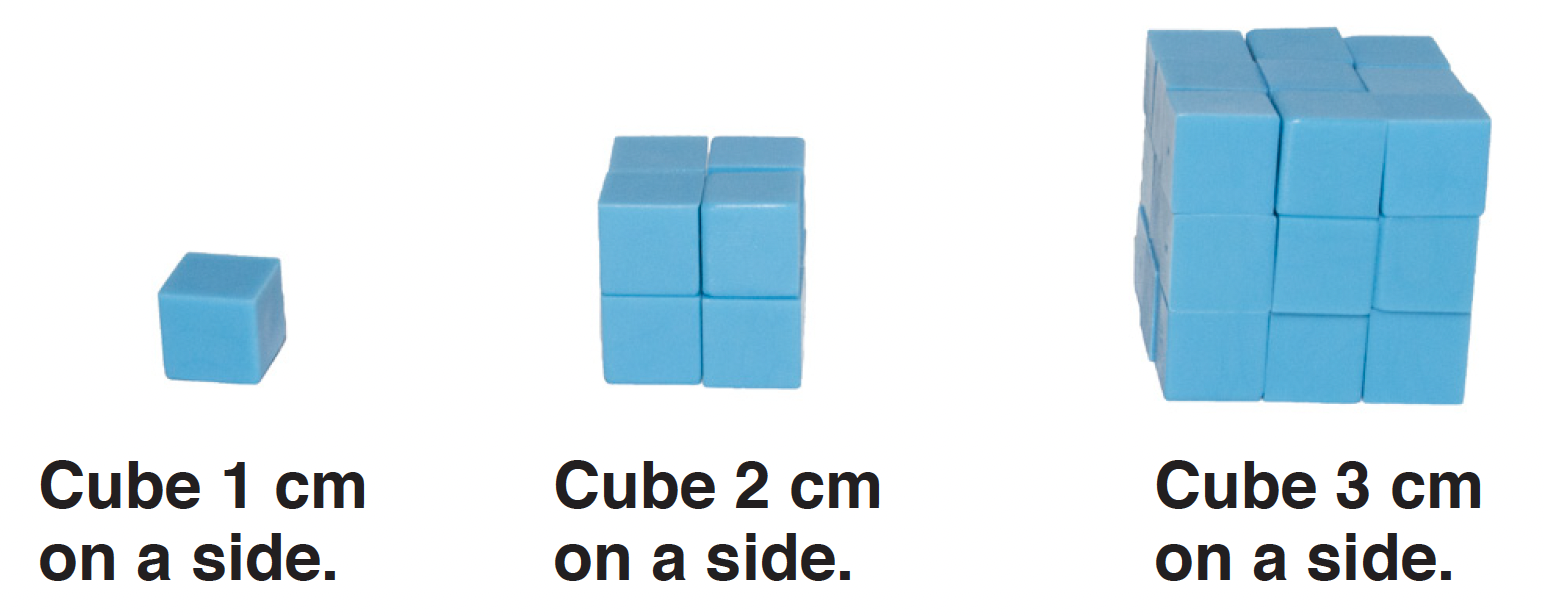
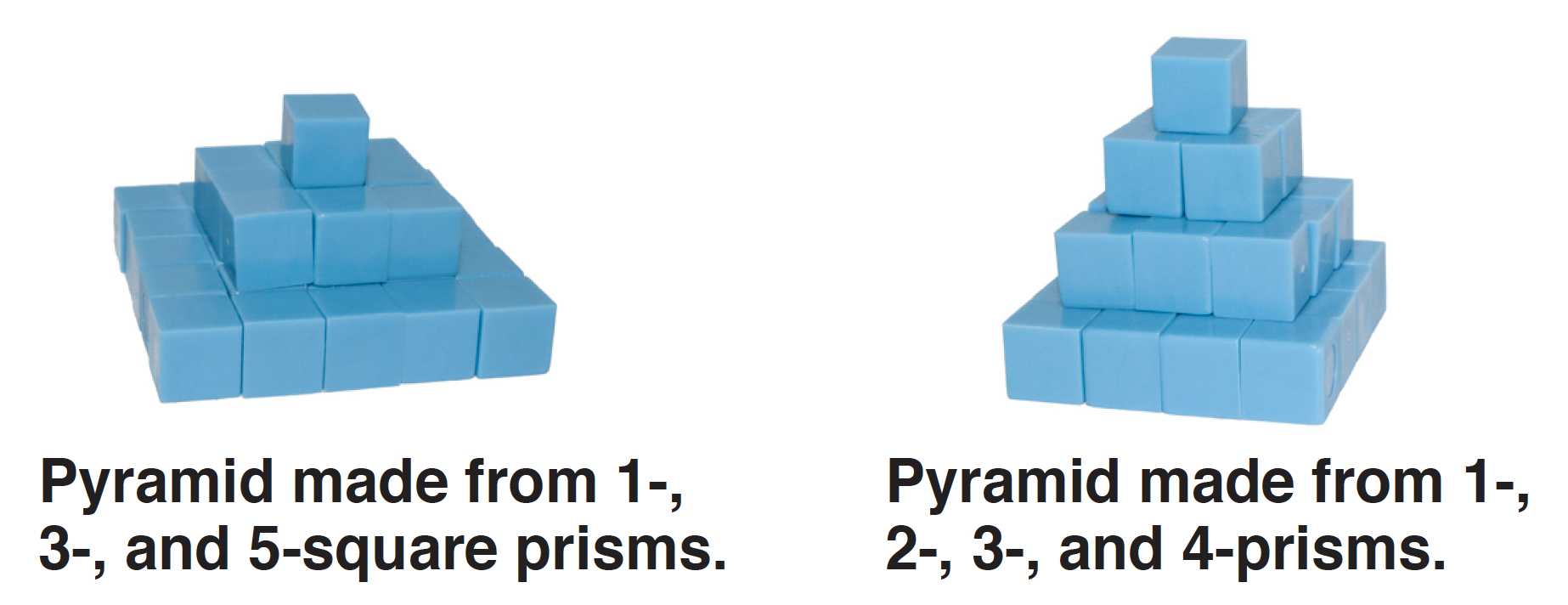
Capacity is the amount that a container can hold. Gallon is the basic unit, which is divided into half-gallons and quarts. Quart gets its name from quarter of a gallon.
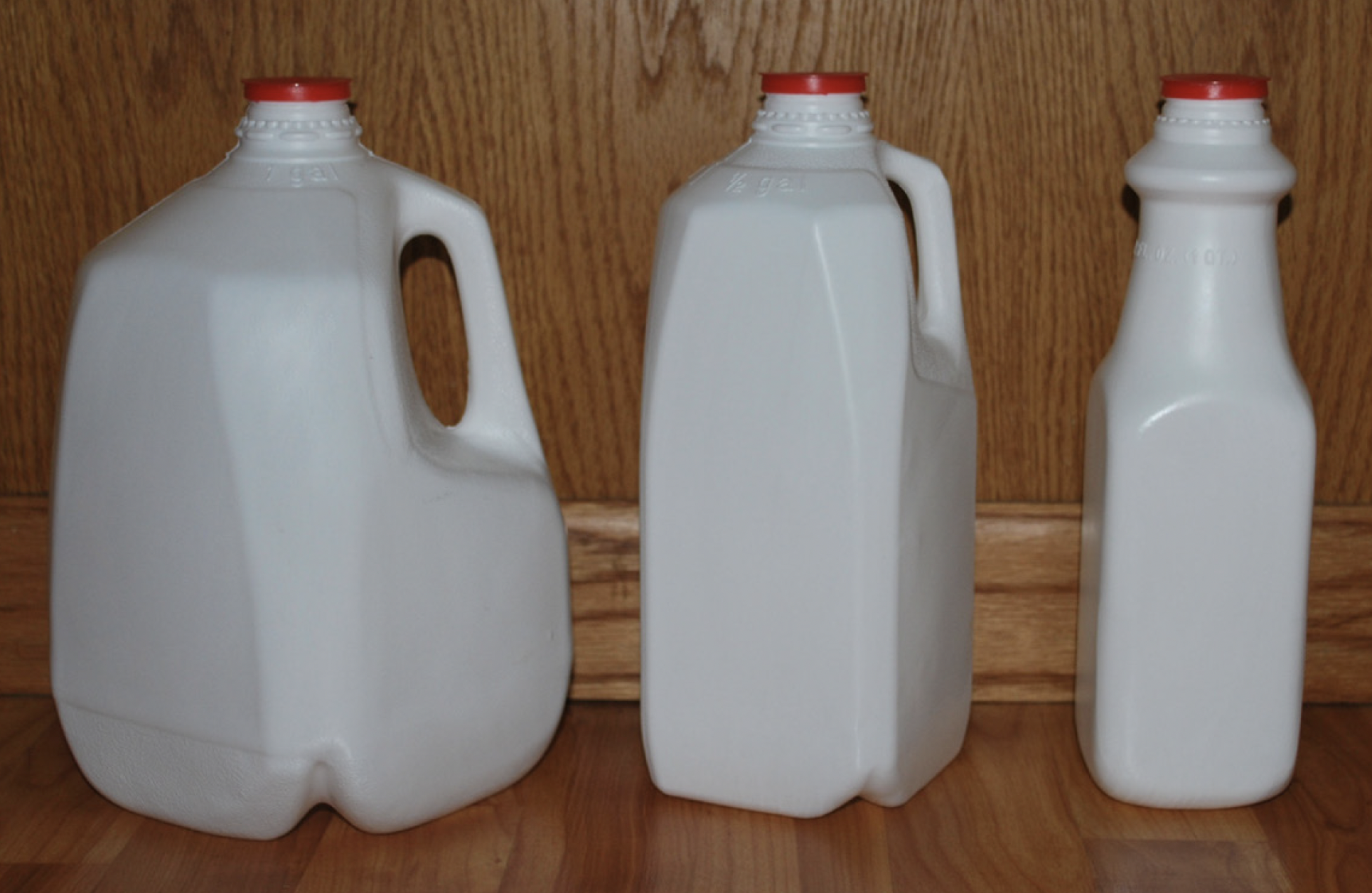
Further divisions include pints, cups, fluid ounces, tablespoons, and teaspoons.
Mass, often thought of as weight, measures the quantity of physical matter. Usual units are pounds (lb) and avoirdupois ounces (av oz) with 1 lb equal to 16 oz. Also a ton equals 2000 lb.
Some people find it surprising to learn that there are two types of ounces. To tell them apart, “fl” is often written before the fluid ounces, although the “av” is usually omitted before the ounces measuring weight.
Did you know that eight fluid ounces of water weigh 8 ounces, but 8 fluid ounces of honey weigh 12 ounces?
And that ice cream is sold by volume, so the more air whipped into it, the less the carton will weigh?
The Basics of the Metric System
About two hundred years ago, French scientists devised a new simpler system of measurements, known as the International System of Units (SI), or the metric system. Multiples and divisions of the basic unit are always based on tens, not fractions, and indicated by appropriate prefixes. For example, the basic linear unit is the meter, which is a little over 3 ft; other linear measurements include:
1 m (meter) equals 100 cm (centimeter)
1 m equals 1000 mm (millimeter)
1 km (kilometer) equals 1000 m
Note that the prefix centi means one-hundredth just as one cent is one-hundredth of a dollar. The prefix milli is related to the millipede with its somewhat exaggerated thousand feet. A kilometer is about 0.6 of a mile, so 10 km is about 6 miles.
Another basic metric unit is the liter, pronounced leader. Its abbreviation L is usually capitalized. A liter is the size of a cube 10 cm on an edge and holds a little more than a quart. Another basic unit is the gram, the unit of mass. A kilogram (kg) is 1000 g and is 2.2 pounds.
Measurement in the RightStart Math Curriculum
Measuring in both the US customary and metric system is taught in all levels of RightStart Mathematics. Measurement is an application of math that is concrete rather than abstract; relevant to everyday life; necessary for other subjects, especially science; and leads to more advanced math concepts, such as exponents.
Because of its importance, measurement needs to be incorporated into math instruction at all levels.
Occasionally, instruction on telling time and calendar activities is found in social studies texts and instruction on the metric system is found in science texts. They belong in the math class.
One misstep that some older textbooks advocate is having the child learn to measure starting with paper clips. The justification was that the children would come to realize the need for a standard unit. That concept is lost on the primary child. Instead, they need to become very familiar with inches, feet, and centimeters.
Measuring manipulatives used in RightStart for teaching measurements include geared clock, 1-in. tiles, cubic centimeters which weigh 1 g, Cotter Abacus where each bead is 1 cm in width, 4-in-1 ruler, folding meter stick with a yard on the reverse side, math balance adapted for measuring weight, and goniometer for finding angles.
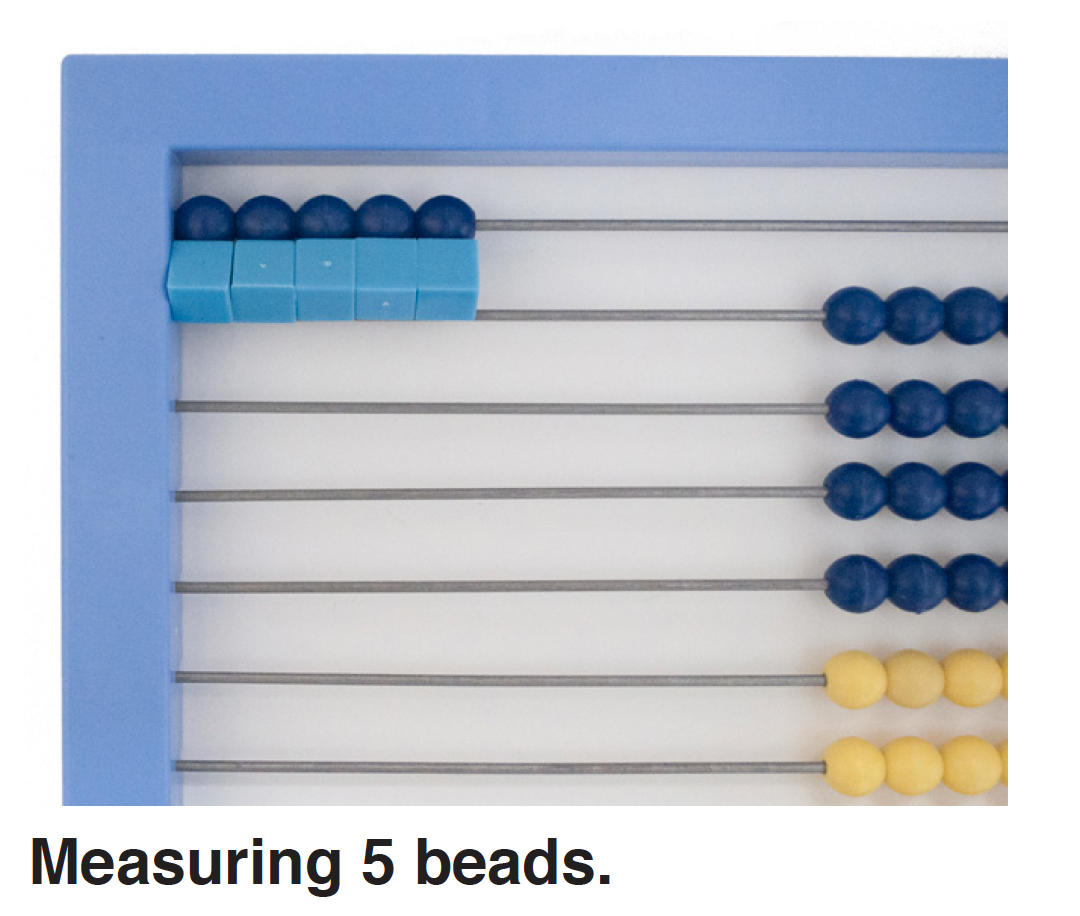
To be proficient in measurement, you need to know how to convert to other measurements.
RightStart teaches changing units within the same system in Level E, second edition. Converting between the US customary and the SI systems is taught in Level F. A process called dimensional analysis makes the task straightforward.
Measurement will continue to be part of mathematics, part of a good math curriculum, and an increasing part of everyday life.

I loved reading your article and I enjoy it. Life is a mathematical problem. To pick up the most, you need to realize how to change over negatives into positives. Cheer!